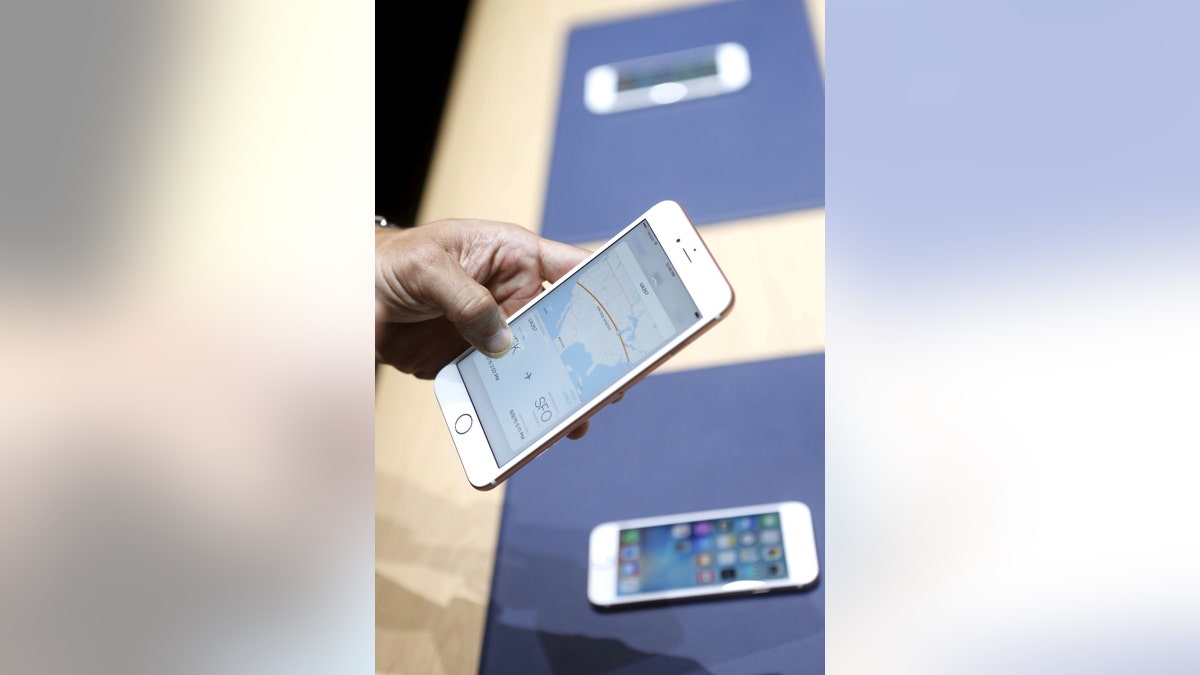
close) By Zach Epstein Published October 13, 2015 BGR Facebook0 Twitter0 Email Print The new Apple iPhone 6S and 6S Plus are displayed during an Apple media event in San Francisco, California, September 9, 2015. REUTERS/Beck Diefenbach - RTSE3G The new Apple iPhone 6s and 6s Plus are displayed during an Apple media event in San Francisco, Calif., Sept. 9, 2015. (REUTERS/Beck Diefenbach)
Following Apple’s iPhone 6s release less than two weeks ago, I posted a little joke on Twitter about how great it was that we had seemingly made it through an iPhone launch without a “gate” scandal of some kind:
Sadly, it appears as though I spoke too soon. Despite the fact that the Pope was in town for Apple’s iPhone launch this year, the company may be in the midst of its first iPhone 6s scandal: Welcome to “Batterygate.”
DON’T MISS: The worst thing about the iPhone 6s
First things first: what is Batterygate? It’s the playful and yet horribly annoying name some people have slapped on an iPhone 6s battery issue that may or may not exist. In a nutshell, Apple used two different companies to manufacture the A9 processors that power the iPhone 6s and iPhone 6s Plus, TSMC and Samsung. As it turns out, phones packing the TSMC version of Apple’s new processor may afford significantly better battery life than phones that include the chip Samsung has been building.
I cannot stress enough that nothing has been confirmed at this point. There are several conflicting reports, though evidence continues to mount that there is indeed an issue here.
Several tests suggest that iPhone 6s models that include Samsung’s version of the A9 chipset run a few degrees hotter than models with the TSMC version. Obviously, that’s not a big deal. What may be a big deal, however, is the fact that a number of these tests suggest TSMC A9-powered iPhones last significantly longer on a charge than Samsung A9-powered iPhone models. One test suggested that the former lasts as much as 2 hours longer per charge than the latter.
We’re still waiting for some more scientific tests before we reach any conclusions, but in the meantime, it’s very easy to tell which version of the A9 processor your iPhone 6s or iPhone 6s Plus has. Of course, if you have the TSMC version in your iPhone, there’s no reason to panic. If it’s the Samsung version, it might be a different story.
Follow these instructions to determine which version of the A9 processor your iPhone uses:
- On your device, click this link to download a free app called Lirum Device Info Lite
- Open the app and on the main screen, tap “Not now” to close the pop-up ad
That’s it. At the bottom of the app’s main screen, you’ll see an entry for “Model” along with an alphanumeric code that represents your processor type. Here are the numbers you need to know:
TSMC A9 (unaffected by potential battery consumption problem):
- N71mAP (iPhone 6s)
- N66mAP (iPhone 6s Plus)
Samsung A9 (possibly affected by battery consumption problem):
- N71AP (iPhone 6s)
- N66AP (iPhone 6s Plus)
An Apple spokesperson did not immediately respond to a request for comment.
UPDATE: People in some regions may have trouble accessing the app mentioned above. Here’s a link to an alternative app that can perform the check, though it has not been approved by Apple so you’ll have to install it at your own risk.
